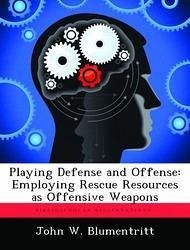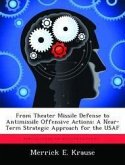Throughout history, conventional combat search and rescue forces within the US Air Force have been marked by a severe lack of capabilities prior to conflict, followed by an effort to rebuild after hostilities break out. This cyclic trend has resulted in the US Air Force being ill prepared to immediately field a robust combat search and rescue force prior to every war in modern US history. In addition, conventional combat search and rescue forces have not been strongly represented during the many smaller-scale contingencies that have characterized the geopolitical environment of the late 20th century. In their place, US leaders have directed special operations forces to perform combat search and rescue in addition to their special operations missions. In theory, a multifaceted force capable of conducting both these missions effectively would be ideal. In reality though, history documents that US special operations forces have been less than adequately trained, organized, and equipped for this dual-use commitment. Nevertheless, US policy makers tend to regard these assets as "better than nothing", and thus direct them to provide an ad hoc combat search and rescue capability to conventional forces. Meanwhile, dedicated US Air Force combat search and rescue forces tend to perpetually exist in an inauspicious state. In fact, a recent study suggests that conventional combat search and rescue forces have once again atrophied, prompting US national security decision makers to "do something". In turn, the Joint Requirements Oversight Council has recently authorized the US Air Force to assess a number of alternatives, in an effort to once again bolstercombat search and rescue. Evidence suggests that this recent interest in combat search and rescue is simply another upswing in its 50-year cyclic history.
Hinweis: Dieser Artikel kann nur an eine deutsche Lieferadresse ausgeliefert werden.
Hinweis: Dieser Artikel kann nur an eine deutsche Lieferadresse ausgeliefert werden.








